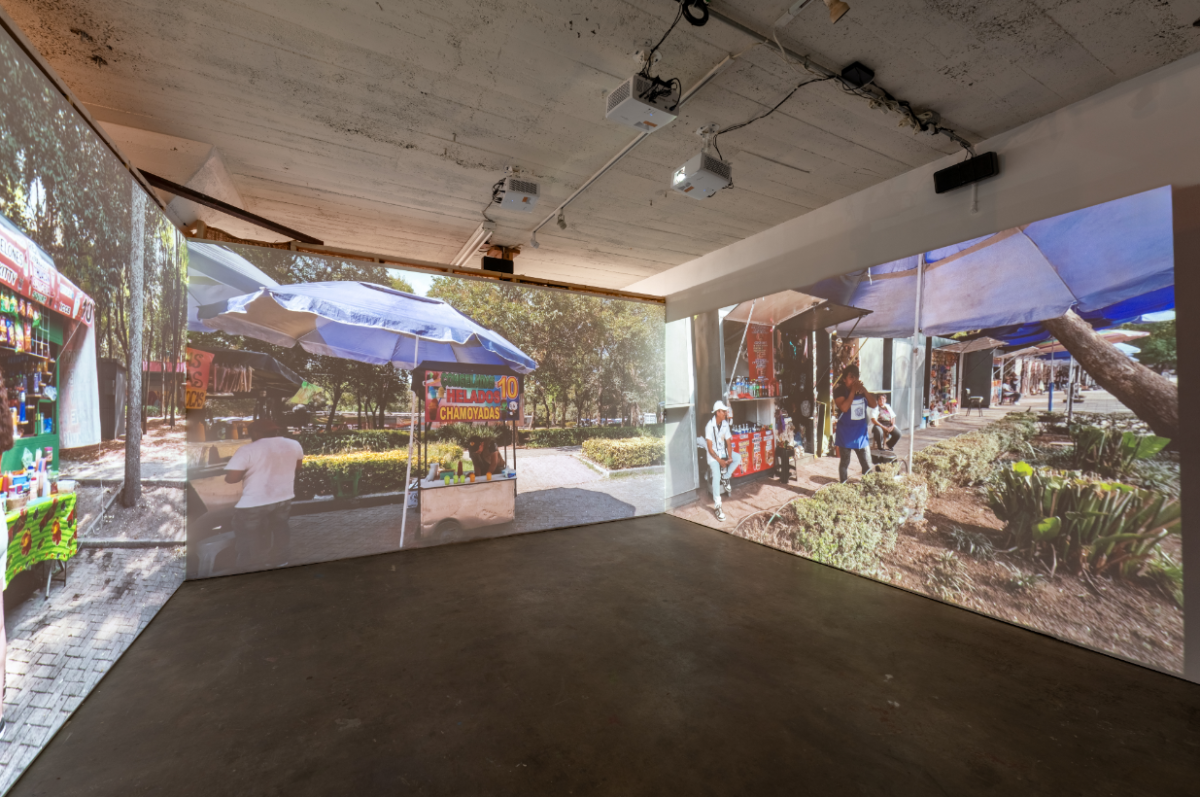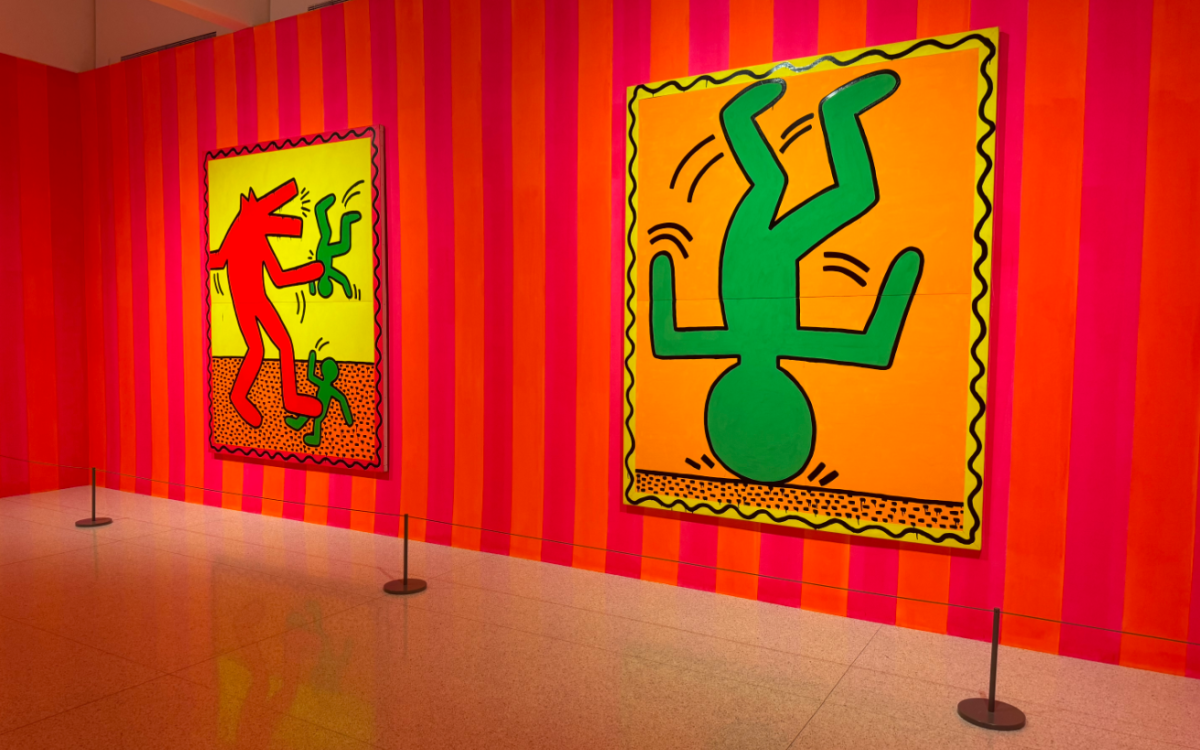Julie Johnson wants to be right where art, literature, music and film collide in “This Middle Place.”
Johnson is no stranger to thinking outside of the box. She creates unique soundscapes by overlapping flute parts with a live looping pedal, mixing improvisation with carefully crafted melodies.
She is using these techniques to create musical pieces inspired by the poetry, fiction, paintings and photography of four Minnesota artists. New York director D.J. Mendel will create film sequences that complement Johnson’s flute performance by visually manipulating the artists’ works.
“I wanted it to be a show where everything was tied together as a whole,” Johnson said. “A big part of [Mendel’s] job is figuring out how everything flows together without feeling disjointed.”
Mendel and Johnson first met in the summer of 2013 when a mutual friend recruited them to collaborate on a dance performance. When Johnson approached Mendel for a second collaboration, he jumped at the opportunity without hesitation.
“It’s extraordinary what she’s doing. The compositions are incredible,” Mendel said. “I want to work the visual imagery the way she’s working the flute.”
The show begins by fading in a haunting image of isolated Astragalus trees, photographed in the southern Caucasus Mountains in Armenia by David Sollie.
“They’re weird and spiky; they have these thorns coming out of them. They look like this huge presence in a barren landscape,” Johnson said. “They’re actually tiny little bonsai trees, but the way [Sollie] captures them makes it look like they’re huge.”
Mendel and Johnson are also adapting Patrick Kemal Pryor’s “The Pequod,” named after the ship in “Moby Dick.” Pryor combines crisp geometric shapes, primitive line drawings and lucid brushstrokes in a frenetic sea of primary colors.
“I worked on this piece for several years. I was constantly adding things and changing things,” Pryor said. “I really liked the idea of exploring different shapes and forms that I hadn’t been using previously. It’s important for me to explore and generate new shapes and new relationships.”
“The Pequod” is an example of Pryor’s highly refined expressionist idiom and lends itself well to Johnson’s multilayered musical compositions.
“Patrick’s painting really captured what I do with the looping pedals, with different characters and colors that become layered,” Johnson said. “As you add more and more layers, it starts to become its own entity. It really worked with the crazy sounds that I explore on flute.”
In adapting the literary and visual pieces to film, Mendel found distinct challenges for each genre.
“The paintings and photography feel like you’re painting with the music. With the poetry and the prose, it feels more like a dance. They’re having a dance with their language,” Mendel said. “It’s about staying out of the way.”
Among the literary pieces selected was a short story written by Johnson’s sister, Cheri Johnson, who loosely based her piece on an event from her childhood.
“There was a little girl who was my age. She was in a wheelchair, and she had cerebral palsy. One day there was an accident, and she was run over,” Cheri Johnson said. “There were all kinds of rumors going through the county about how it happened and if her family had been involved.”
Cheri Johnson’s story explores the conflict between the interests of the individual and the needs of the community through the point of view of an outsider who is new in town.
“There’s something about that story, the conflict is so heightened and so tragic,” Cheri Johnson said. “I think [Julie] leans toward the pieces with something really strong and wrenching.”
Sean Hill’s poem “Bemidji in Spring” creates a painstakingly clear narrative of feeling alienated as a person of color in a Minnesota winter.
“Art is an empathetic act,” Hill said. “I do the research and try to put myself in the shoes of the people I’m writing about, and try and communicate the human moments of their life through my work.”
It seems like no accident that the show should take its name from a line in “Bemidji in Spring.” Hill’s concise meditation on alienation effectively distills the essence of “This Middle Place”: that nothing is as placeless and transitory as the expression of one’s identity.
“Whoever is there experiences it in their own way, and that’s what it is supposed to be at that moment,” Julie Johnson said. “There will probably be something in this performance that I never play again, because that’s what it was supposed to be in that moment.”
What: This Middle Place
When: 7:30 p.m., Tuesday
Where: MacPhail Center for Music: Antonello Hall, 501 S. Second St., Minneapolis
Cost: Pay-as-you-are-able; suggested donation $10
















